*NURSING > QUESTIONS & ANSWERS > Chapter 65: Care of Patients with Pituitary and Adrenal Gland Problems Test Bank (All)
Chapter 65: Care of Patients with Pituitary and Adrenal Gland Problems Test Bank
Document Content and Description Below
1. A client has a hormone deficiency. Which deficiency is the highest priority? a. Growth hormone b. Luteinizing hormone c. Thyroid-stimulating hormone d. Follicle-stimulating hormone ANS: C A d... eficiency of thyroid-stimulating hormone (TSH) is the most life-threatening deficiency of the hormones listed in this question. TSH is needed to ensure proper synthesis and secretion of the thyroid hormones, whose functions are essential for life. DIF: Cognitive Level: Knowledge/Remembering REF: p. 1372 TOP: Client Needs Category: Physiological Integrity (Physiological Adaptation—Pathophysiology) MSC: Integrated Process: Nursing Process (Analysis) 2. An adult client has been diagnosed with a deficiency of gonadotropin and growth hormone. Which fact reported in the client’s history could have contributed to this problem? a. Mother with adult-onset diabetes mellitus b. Experienced head trauma 5 years ago c. Severe allergy to shellfish and iodine d. Has used oral contraceptives for 5 years ANS: B Gonadotropin and growth hormone are anterior pituitary hormones. Head trauma is a common cause of anterior pituitary hypofunction. The other factors do not increase the risk of this condition. DIF: Cognitive Level: Application/Applying or higher REF: N/A TOP: Client Needs Category: Physiological Integrity (Physiological Adaptation—Pathophysiology) MSC: Integrated Process: Nursing Process (Assessment) 3. Which safety measure does the nurse use for the adult client who has growth hormone deficiency? a. Avoid intramuscular medications. b. Place the client in protective isolation. c. Use a lift sheet to reposition the client. d. Assist the client to change positions slowly. ANS: C In adults, growth hormone is necessary to maintain bone density and strength. Adults with growth hormone deficiency have thin, fragile bones. Avoiding IM medications, using protective isolation, and assisting the client as he or she moves from sitting to standing will not serve as safety measures when the client is deficient in growth hormone. DIF: Cognitive Level: Application/Applying or higher REF: N/A TOP: Client Needs Category: Safe and Effective Care Environment (Safety and Infection Control—Accident/Injury Prevention) MSC: Integrated Process: Nursing Process (Implementation) 4. The male client with hypopituitarism asks the nurse how long he will have to take testosterone hormone replacement therapy. Which is the nurse’s best answer? a. “When your blood levels of testosterone are normal, the therapy is no longer needed.” b. “When your beard thickens and your voice deepens, the dose is decreased, but treatment will continue forever.” c. “When your sperm count is high enough to demonstrate fertility, you will no longer need this therapy.” d. “When you start to have undesirable side effects, the dose is decreased to the lowest possible level, and treatment is continued until you are 50 years old.” ANS: B Testosterone therapy is initiated with high-dose testosterone derivatives and is continued until virilization is achieved. The dose is then decreased, but therapy continues throughout life. DIF: Cognitive Level: Comprehension/Understanding REF: p. 1373 TOP: Client Needs Category: Health Promotion and Maintenance (Principles of Teaching/Learning) MSC: Integrated Process: Teaching/Learning 5. When performing personal care on a middle-aged woman, the nurse observes that the client has very little pubic and axillary hair. Which is the nurse’s best action? a. Ask the client if she has less pubic hair now than 5 years ago. b. Ask the client the date of her last menstrual period. c. Examine the client’s scalp hair for texture and thickness. d. Draw blood for hormonal immune assays. ANS: A Although pubic hair thickness varies from person to person, loss of pubic hair is associated with gonadotropin deficiency. The nurse needs to determine whether this manifestation is normal for this client. A middle-aged woman may be postmenopausal, which would not give the nurse helpful information. Examining the client’s scalp also would not yield helpful information. Diagnostic studies should not be undertaken without further assessment. [Show More]
Last updated: 1 year ago
Preview 1 out of 11 pages
Instant download

Buy this document to get the full access instantly
Instant Download Access after purchase
Add to cartInstant download
Reviews( 0 )
Document information
Connected school, study & course
About the document
Uploaded On
Aug 23, 2021
Number of pages
11
Written in
Additional information
This document has been written for:
Uploaded
Aug 23, 2021
Downloads
0
Views
29


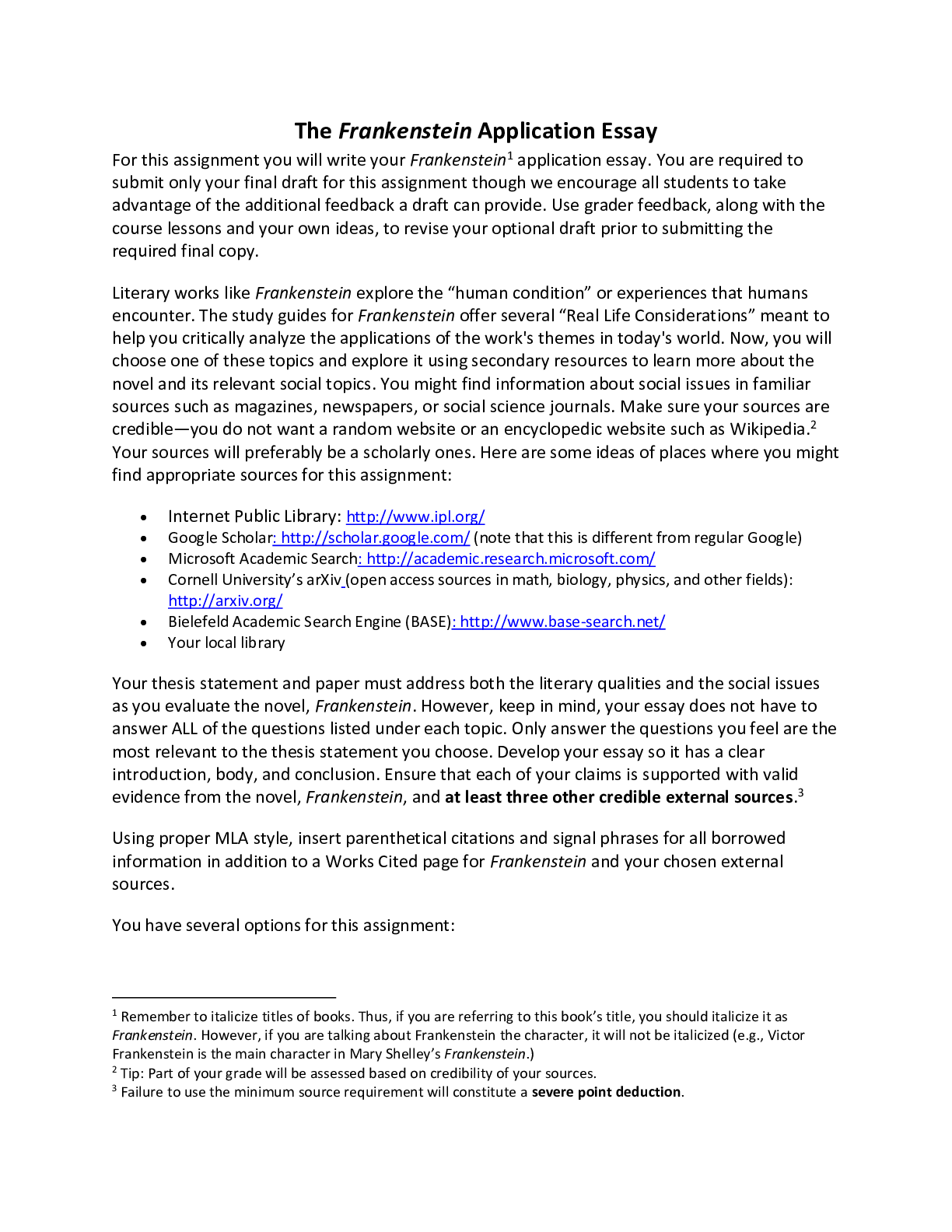

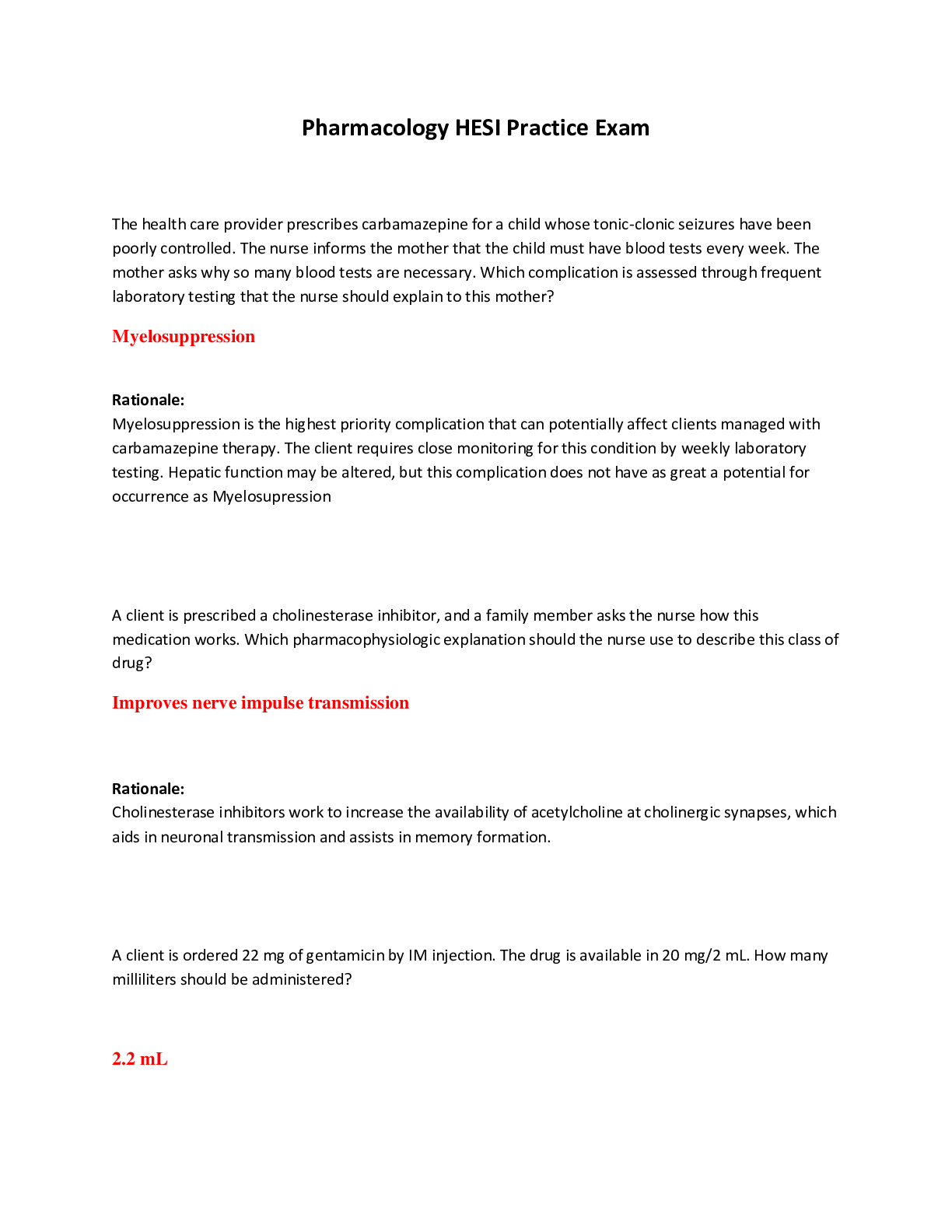





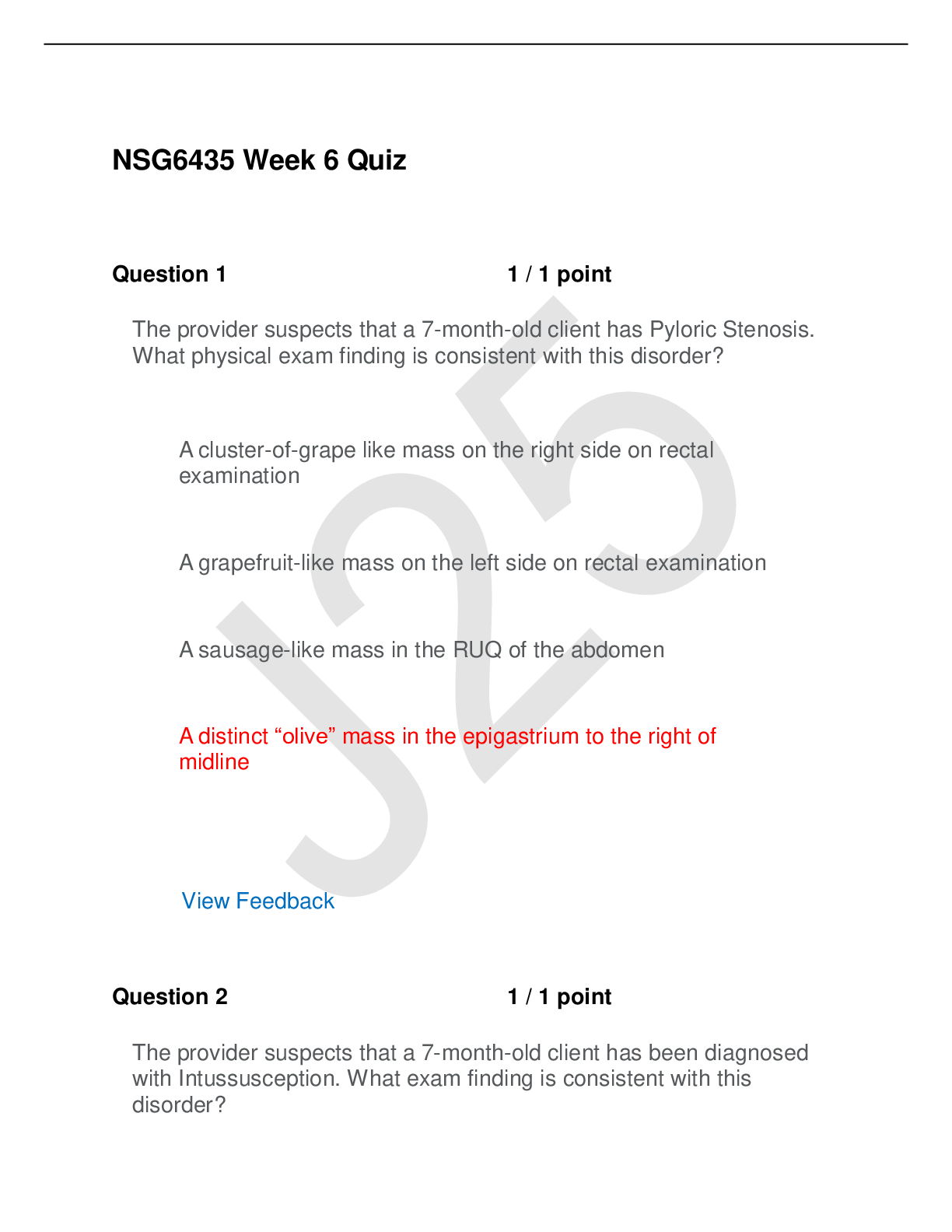
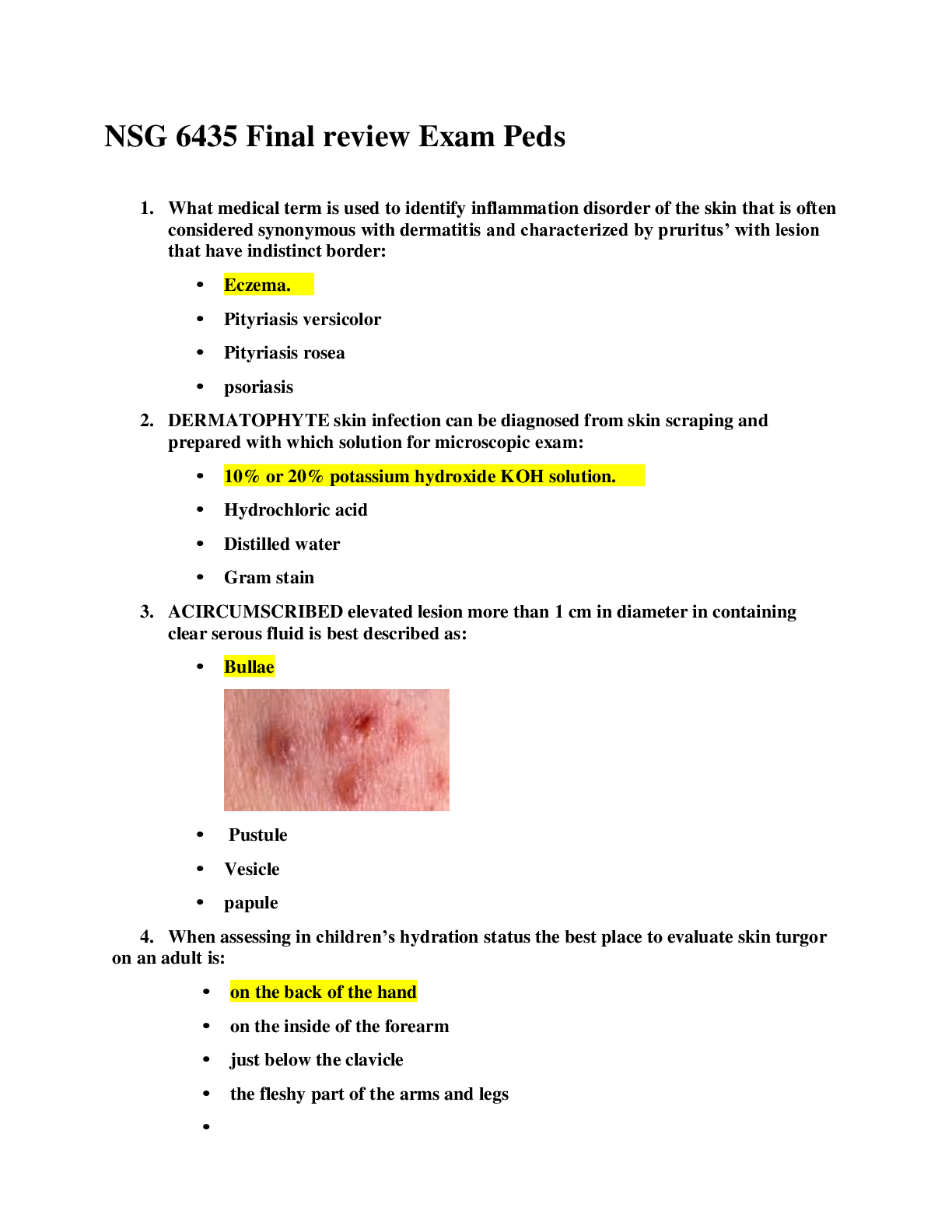

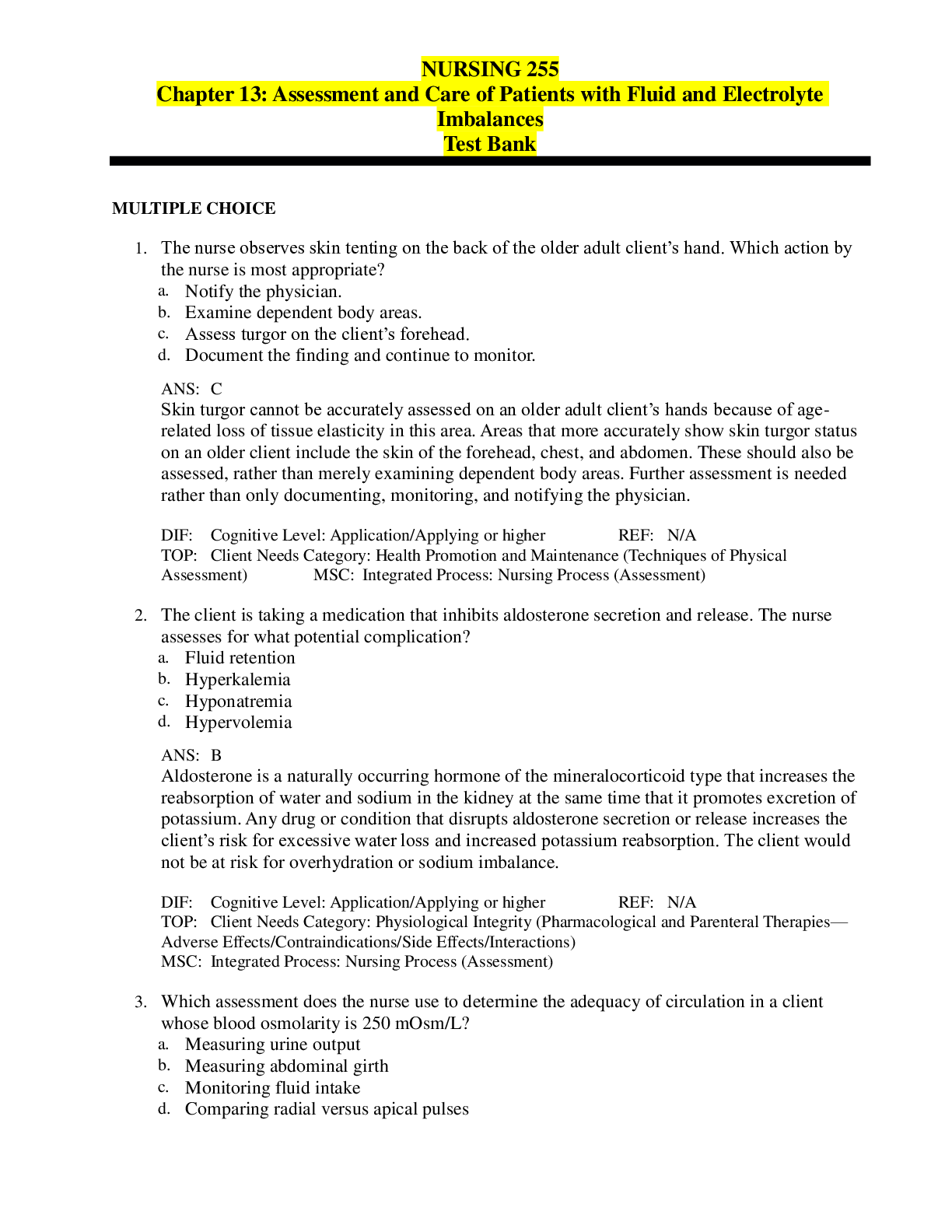
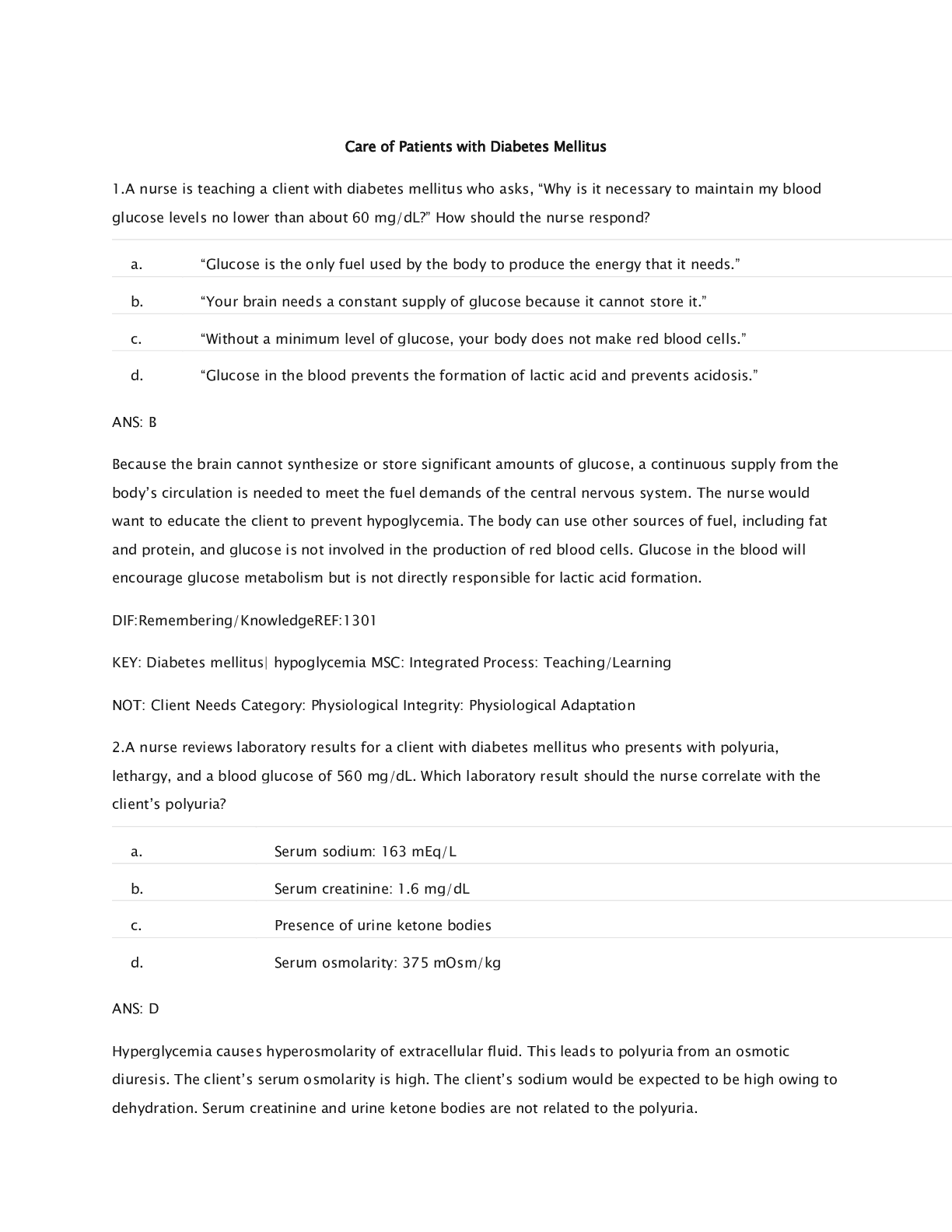

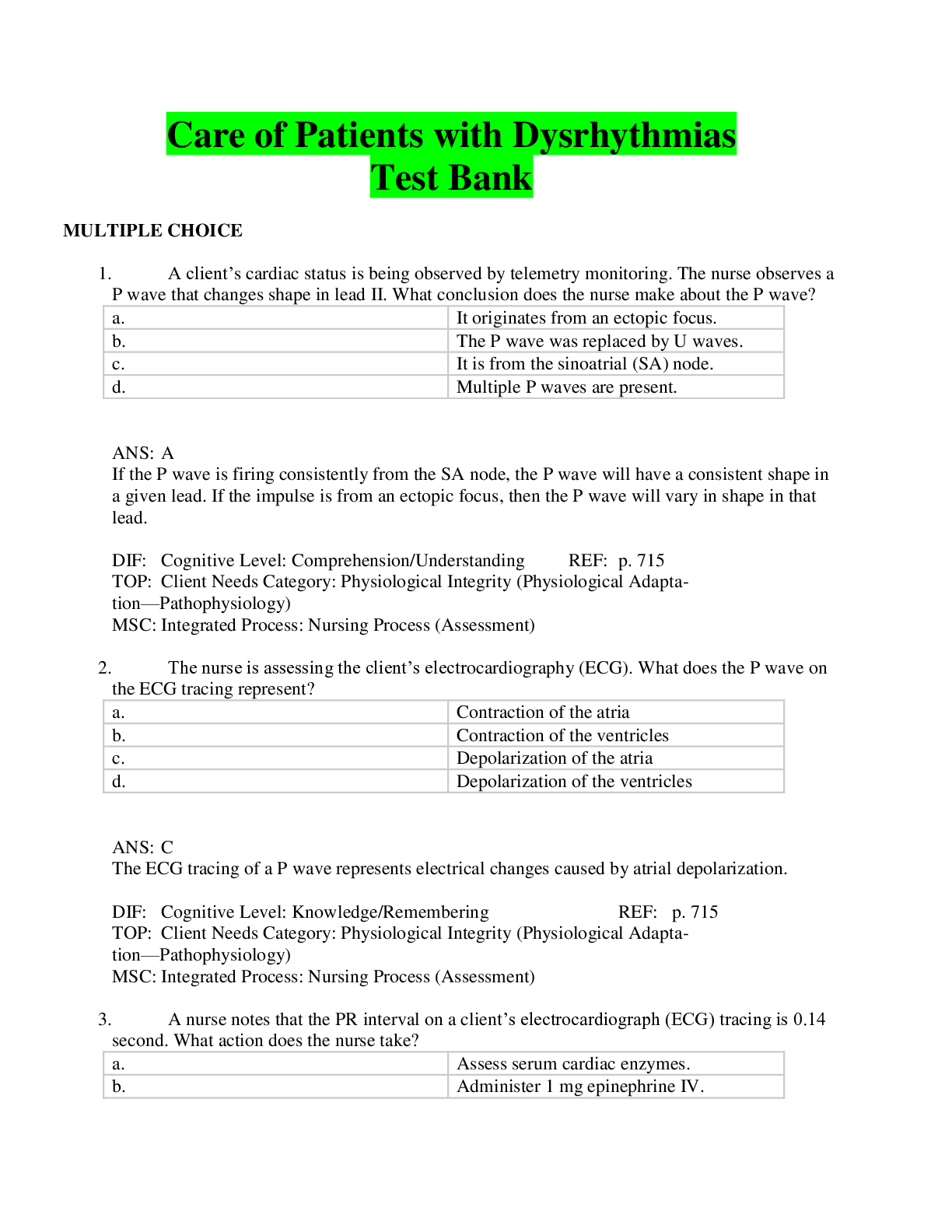
.png)






 and Autoimmunity, Questions and Answers with Explanations, 100% Correct, Download to Score A.png)

